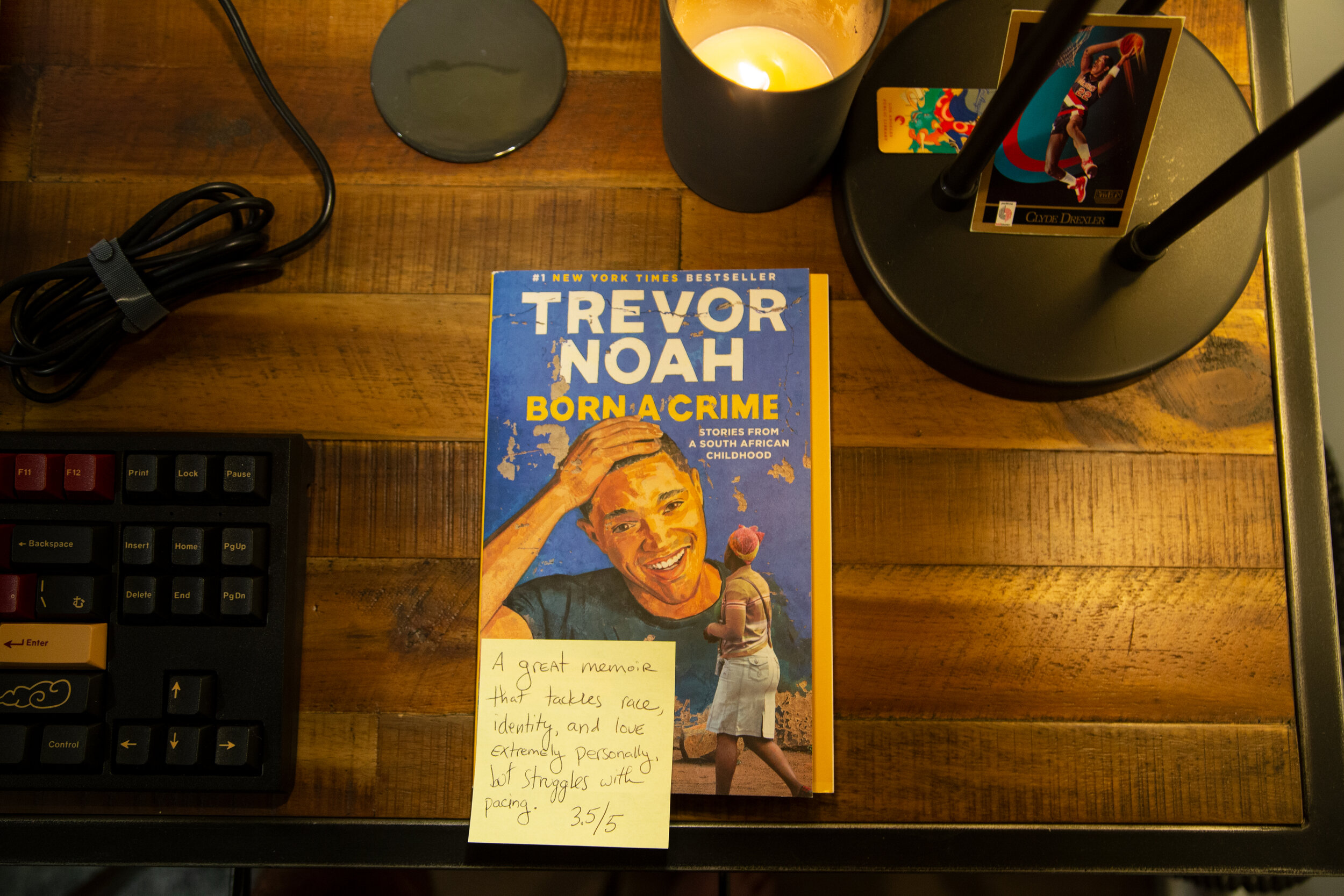What does a modern relationship look like? In Normal People, it’s something like 1917 or Birdman. Those movies that don’t seem to have any cuts, they just go from scene to scene without stopping. And this storytelling choice works well; in 1917 it helps the audience feel the pressure the main character is under, the time crunch. In Normal People, Sally Rooney makes two unique choices: the first is to write primarily in the present tense, and the other is to not use quotation marks around quotes. This gives the book a feeling of movement, like the reader is watching it happen, and the writer is only copying down a transcription. Very similar to those two movies. And for this kind of story it works.
The story mainly deals with Connell and Marianne, two high school/college students who have an on again/off again relationship. But they are also dealing with many different personal things, like adjusting to school, trying to fit in, trying to find love, struggling with life. This feeling of life moving fast, almost too fast, is something that many people, millennials especially, can relate to. Even though it was set in Ireland, this American couldn’t help but feel the exact things Rooney writes about. She captures that feeling extremely well, in fact she articulates this feeling better than most millennials could.
Independence vs. Dependence and domination vs. submission are both themes in this story that both main characters struggle with. Do I depend on people too little? Too much? Do they care about me at all? So what if they don’t? The themes remind me of something Anthony Bourdain once wrote about cooking and eating: “"Cooking professionally is a dominant act, at all times about control. Eating well, on the other hand, is about submission. It’s about giving up all vestiges of control, about entrusting your fate entirely to someone else. It’s about turning off the mean, manipulative, calculating, and shrewd person inside you, and slipping heedlessly into a new experience as if it were a warm bath. It's about shutting down the radar and letting good things happen. Let it happen to you."
It’s like a balance, and, in Normal People, both characters are trying to find it. Often times they swing too violently to one side or another. Connell does things because he’s unsure of his place in the world, or he’s embarrassed to be with Marianne, and she does things because she thinks she is impossible to love, or too independent. These problems, also mixed with the fact that the two come from two different economic backgrounds makes for a dynamic that is always on the cusp of working out. They’re the kind of couple that you hope get together at the end of the movie.
Speaking of the end, I really enjoyed the end of this book. Another parallel theme is one of control. Connell feels like he doesn’t have control of his life at various points of the story, and Marianne feels like she goes through life “moving around inside a protective film, floating like mercury” (195). Eventually, they start to find their footing in life and end up together, with no problems! Then Connell, an aspiring writer, gets into a school in New York. Throughout the book Marianne talks about this power he has over her, how she would do anything to make him happy, whatever he said. She’s in love, but with this dynamic of control still there. In the end though, he gives control over everything, their relationship, his life, her life, over to her: “Say you want me to stay and I will” (273). She tells him to go, “I’ll always be here”. And I assume they part ways there, not as people in or out of a relationship, but as people who have changed each others lives. In a way, that is one of the deepest loves a person can show another. “He brought her goodness like a gift and now it belongs to her. Meanwhile his life opens out before him in all directions at once. They’ve done a lot of good for each other. Really, she thinks, really. People can really change one another” (273).
The writing itself is simple in a Hemingway-esque kind of way. It doesn’t overstay it’s welcome. It can be sweet, emotional, or poignant when it needs to be, but often times it doesn’t need to be, so it isn’t. The only problems I have with Normal People are the side characters often feel paper thin. Peggy, Helen, Jamie, Niall, and the rest all felt like widow dressing. Only Lorraine, Connell’s mother, did’t feel this way. I suppose they were probably meant to feel this way, as Connell and Marianne both didn’t really have strong connections with these people, but for some emotional beats to hit a bit harder (Spoiler: Rob’s suicide) I would’ve liked to know them a bit more.
This is a book I think everyone should read, even though I know some people will not like it. It’s themes, it’s unabashed-ness towards sex (which I found refreshing), and it’s time-jumping will turn some people off to this, but it is the millennial experience to a T.
For me, it’s a 4/5. Like this Lou Will dunk. Awesome, but Ersan Illyasova isn’t happy about it.


















